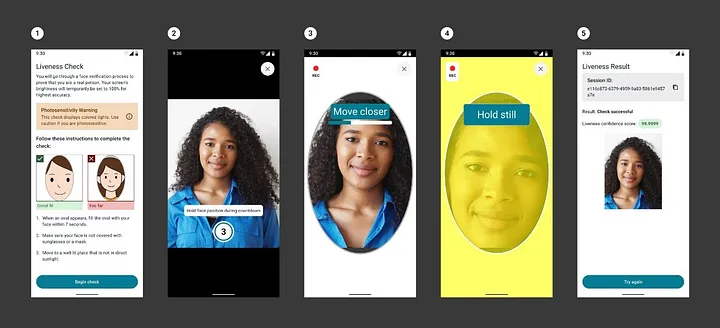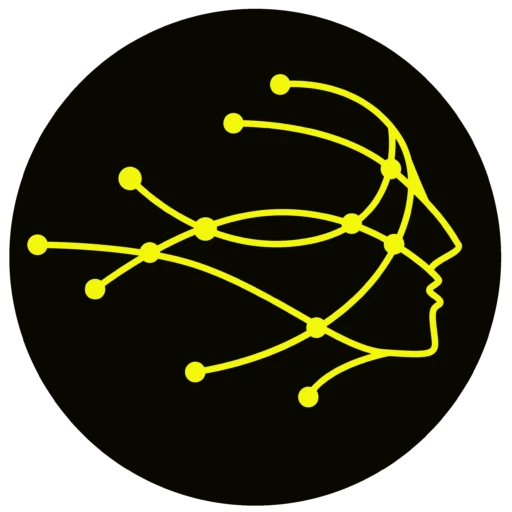In our digital world, robust user verification is very important. From online banking to social platforms to e-commerce, establishing genuine user identities is crucial for security and trust. Traditional user authentication mechanisms based solely on knowledge factors (e.g., passwords) are increasingly vulnerable to credential theft and impersonation attacks. Liveness detection SDK offer a robust defense by incorporating biometric analysis to validate the presence of a living user during the verification process. These SDKs utilize methods like analyzing textures, detecting motion, and reconstructing in 3D to counteract attempts at spoofing.

Technologies Used in Liveness Detection SDKs
[table id=33 /]
Considerations for Integrating a Liveness Detection SDK
Algorithm Selection
Consider the trade-offs between passive (no user action needed) and active (user performs actions) liveness detection. Prioritize accuracy to reduce false results. For low-powered devices or real-time needs, ensure the algorithm is computationally efficient.
[table id=55 /]
Security and Privacy
Choose an SDK with robust data encryption (in transit and at rest) to safeguard sensitive biometric information. Comply with regulations like GDPR. Implement strong anti-spoofing measures to prevent fraudulent attempts using photos, videos, or masks.
[table id=56/]
Integration
The SDK should be compatible with your target platforms (iOS, Android, etc.). A well-designed API simplifies integration, while clear documentation saves development time.
[table id=57 /]
User Experience (UX)
Provide clear instructions to guide users through the liveness check process. Offer immediate visual and/or audio feedback on success or failure. Implement helpful error messages to avoid user frustration if the process fails.
[table id=58 /]
Lighting Conditions
Select an SDK that performs consistently under various lighting conditions (bright, dim, etc.). If lighting will be highly variable, consider algorithms that dynamically adapt to different light levels.
[table id=59 /]
Image/Video Quality
Understand the SDK’s minimum requirements for resolution, focus, and clarity. The algorithm might perform poorly on blurry or out-of-focus images, so consider image quality guidelines for users.
[table id=60 /]
Performance Monitoring
Track key metrics like success/failure rates and processing times. Analyze this data to identify any potential bottlenecks and inform decisions about SDK updates or optimizations.
[table id=41 /]
Cost
Evaluate different licensing models (per-use, subscription) and consider ongoing support costs. Factor in additional hardware requirements (special cameras) and the overall total cost of ownership for a realistic budget.
[table id=42 /]
Advantages of using Liveness Detection SDKs in User Verification Process
[table id=43 /]
Technical challenges in implementing Liveness Detection SDK
[table id=46 /]
Future Enhancement in Liveness Detection SDKs for user verification
[table id=44 /]
Industries implementing Liveness detection SDKs for user verification
[table id=45 /]


0 Reply on “How Liveness Detection SDK is Revolutionizing User Verification”